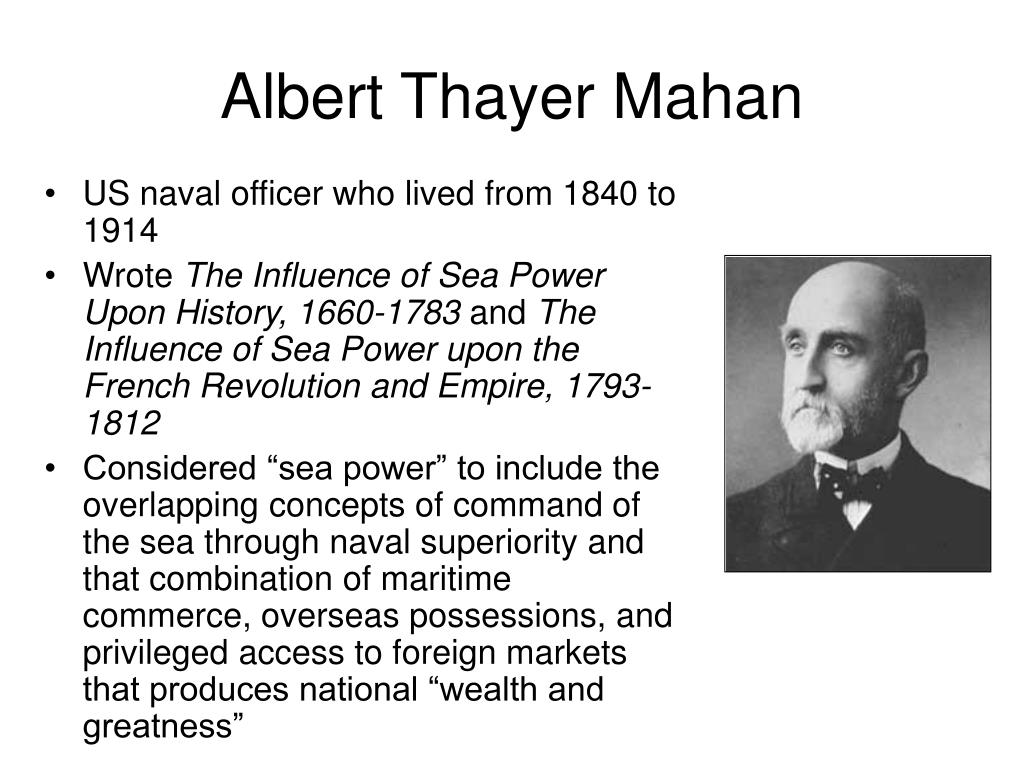

Satellites are picking up Chinese submarines tucked away in coves and structures no matter how dispersed along the coast. Today battlefield transparency does not spare warships, vessels and submarines at sea. Rapid technological advances have has raised the threat to navies far beyond a duel with the adversary’s navy. However, correlation of the oceans with space is not limited to the probing extraterrestrial life in space and in turn possible alien threat. India’s draft ‘Spacecom Policy 2020’ is expected to bring a transformational change, making the entire space ecosystem accessible including satellite communications capacity and private launch vehicle companies using ISRO’s launch facilities. While ASAT capability to shoot down enemy satellites is good, it is defence against space weapons and employment of land-based laser guns and microwave weapons that must be taken note of. NASA is funding some deep-sea explorations and few astrobiologists have teamed up with marine biologists and oceanographers to probe the boundaries of biology on this planet, revealing tangible guidance to explore space and opening minds of the scientists to the impossible. The link between researches in the deep of oceans and how it can help and inspire probing extraterrestrial life in space is engaging scientists around the world. But ASAT capability is only one part of Space Power. Prime Minister Narendra Modi told the nation that the intent of ‘Mission Shakti’ is to defend India’s space assets, not to start an arms race in space. This enabled India join the elite club of countries having similar capabilities the U.S., Russia and China.

India’s ‘Mission Shakti’ executed on Mademonstrated indigenous anti-satellite (ASAT) capabilities in successfully shooting down a low-earth satellite. India needs to expand and modernize its Navy systemically and holistically to in order to play its required role in the Indian Ocean and the Indo-Pacific.


Rapid expansion of Chinese navy and its presence in the Indian Ocean reinforced by the Chinese aggression and the Galwan Clash has served as a wakeup call. However, vast land borders, hostile neighbours, belief that diplomacy and soft power can substitute hard power, and inadequate budgetary allocation for military has constrained development and modernization of sea power. India’s sea and space power is evolving slowly. Today the global race for optimizing and domination of space is raging. He believed his theories about space exploration would not become useful for many generations but his works soon after his death were integrated into ‘Space Age’ research. Tsiolkovsky is regarded the ‘father of rocketry’ in Russia being the first to solve propelling a rocket against Earth’s gravitational field, paving the way to space exploration. Konstantin Tsiolkovsky was inspired to write space fiction after reading Jules Verne’s stories. Many Russian writers like Nikolai Gogol, Alexander Pushkin, Alexey K Tolstoy, Vladimir Odoyevsky and Thaddeus Bulgarin wrote fiction about space travel. Mahan died in 1914 but concurrent to Mahan, French novelist Jules Gabriel Verne penned his ‘Voyages Extraorinaires’ adventure novels that made people call him ‘father of science fiction’. Chinese Marine Corps being expanded to 100,000-strong is already positioned at Gwadar and Djibouti. In addition is missile development to sink and destroy enemy aircraft carriers and considerable underwater capability including underwater drones. Frigates, destroyers, speed boats, larger amphibious craft (ships and aircraft) are being added in China’s navy which is already largest in terms of numbers. Presently, China’s two aircraft carriers (Liaoning and Shandong) are insufficient for force projection globally, China is building two more aircraft carriers that will be larger and able to launch heavier aircraft to attack targets farther away. Between the ‘China Dream’ of overtaking the US is latter’s military power, of which sea power is the major constituent. China has militarized the South and East China seas for the same reason, is reaching out to other parts of Indo-Pacific and even the Mediterranean. Today, the importance of sea power is more than understood with nations big and small striving to expand their naval strength. Sea power is essential for overseas conquests, as was used by the ancient Chola Dynasty of South India to increase its influence in Sri Lanka and parts of Southeast Asia. Naval power played major role in establishing the vast empire of Great Britain where “the sun never set”. China’s two aircraft carriers (Liaoning and Shandong) are insufficient for force projection globally, China is building two more aircraft carriers that will be larger and able to launch heavier aircraft to attack targets farther away.


 0 kommentar(er)
0 kommentar(er)
